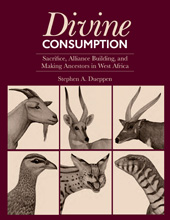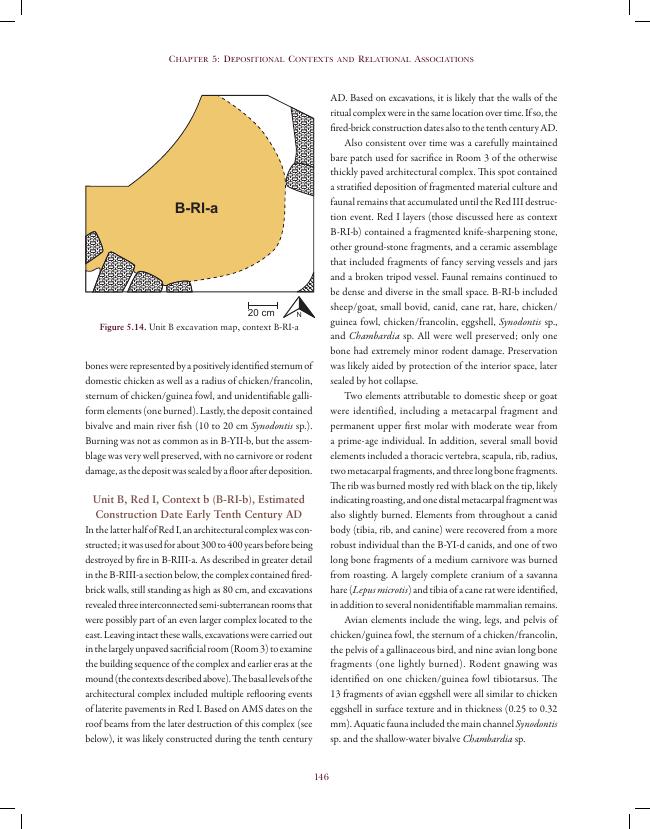2022 - ISD
E-book
Digital Version
Download | Copy/paste | Printing
Divine Consumption : Sacrifice, Alliance Building, and Making Ancestors in West Africa
100 p.
- Kirikongo is an archaeological site composed of thirteen remarkably well-preserved discrete mounds occupied continually from the early first to the mid second millennium AD. It spans a dynamic era that saw the growth of large settlement communities and regional socio-political formations, development of economic specializations, intensification in interregional commercial networks, and the effects of the Black Death pandemic. The extraordinary preservation of architectural units, activity areas and industrial zones provides a unique opportunity to discern the cultural practices that created stratified mounds (tells) in this part of West Africa. Building from a new detailed zooarchaeological analysis and refinements in stratigraphic precision, this book argues that repeated ritual activity was a significant factor in the accumulation of stratified archaeological deposits. The book details consistencies in form and content of discrete loci containing animal bones, food remains, and broken and unbroken objects a
- nd suggests that these are the remnants of sequential ancestor shrines created when domestic spaces were converted to tombs or dedicated mortuary monuments were constructed. Continuities and transformations in ancestral rituals at Kirikongo inform on earlier West African ritual practices from the second millennium BC as well as political and social transformations at the site. More broadly, this case study provides new insights on anthropogenic mound (tell) formation processes, social zooarchaeology, material culture theory, historical ontology, and the analysis of ritual and religion in the archaeological record. [Publisher's text].
- Special access authorizations may apply; please contact us for further information.
-
Information
ISBN: 9781950446315



